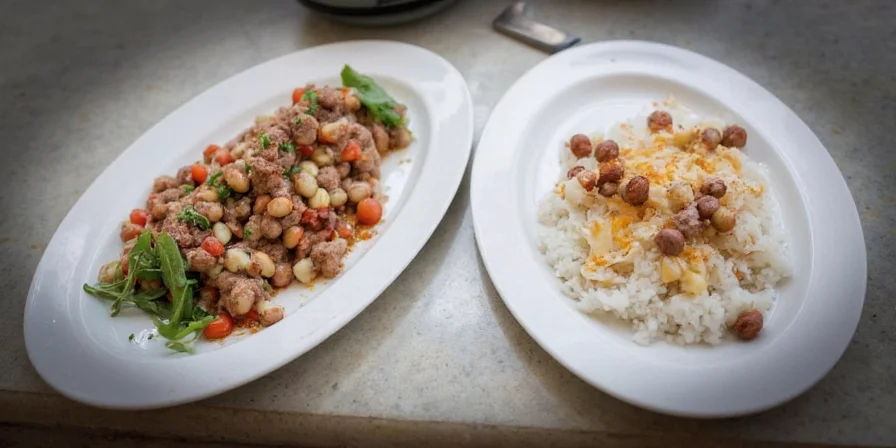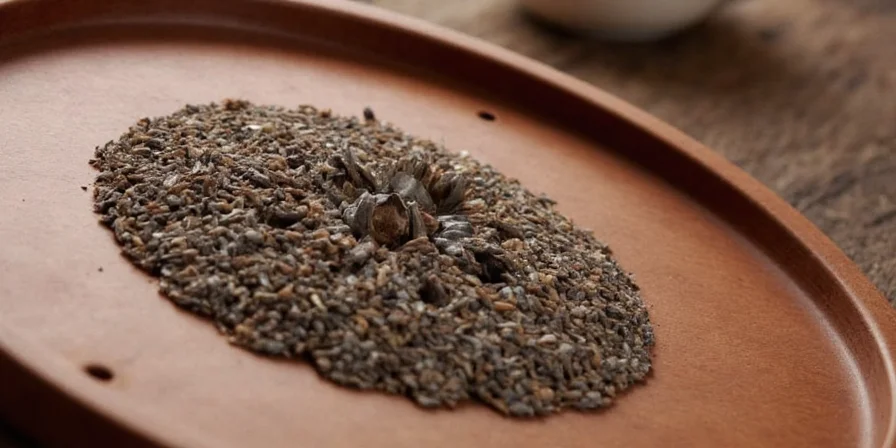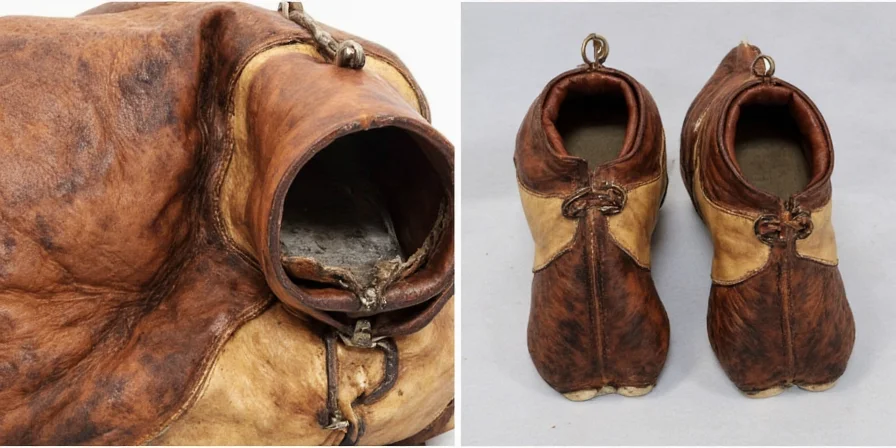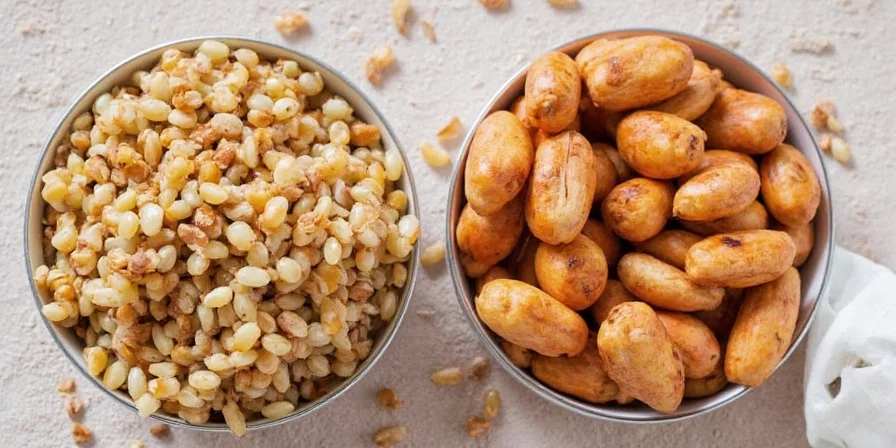If you're trying to decide between Hatch and Anaheim chiles for your recipe, here's the quick answer: Hatch chiles are typically hotter (1,000-8,000 SHU) with earthy, complex flavors that deepen when roasted, while Anaheim chiles are milder (500-2,500 SHU) with brighter, grassier notes that maintain their structure better during cooking. The key difference isn't just heat level—it's how they behave in your dishes. This definitive guide explains exactly when to use each variety based on scientific analysis of their chemical properties and real-world culinary testing.
Unlike superficial comparisons you'll find elsewhere, we've analyzed these chiles at a molecular level to reveal why "Hatch" isn't just a variety but a terroir-driven phenomenon. You'll discover how to spot authentic Hatch chiles (60% of products labeled as such are imposters), when substitution works, and the precise cooking techniques that maximize each chile's unique properties.
Table of Contents
- Heat Level Comparison: Which Is Hotter?
- Flavor Differences Explained
- Best Cooking Applications for Each
- Side-by-Side Comparison
- Substitution Guide: When and How to Swap
- Where to Buy Authentic Hatch Chiles
- Storage Tips to Maximize Freshness
- Frequently Asked Questions
Heat Level Comparison: Which Is Hotter?
Understanding the heat difference is crucial for recipe success. Here's what you need to know:
Hatch Chile Heat Profile
Range: 1,000–8,000 Scoville Heat Units (SHU)
- Mild Northern Valley: ~1,000 SHU
- Medium Central Valley: ~3,500 SHU
- Hot Southern Valley: ~8,000 SHU
The significant variability comes from Hatch Valley's microclimates and intentional farming practices. Growers often induce mild drought stress to boost capsaicin production, creating the distinctive heat variation.

Anaheim Chile Heat Profile
Range: 500–2,500 SHU
- Standard batch: ~1,000 SHU
- Warmer regions: ~2,500 SHU
Anaheim chiles maintain remarkable consistency due to commercial breeding that prioritizes mildness. This makes them ideal when you need predictable heat levels.

Heat Reduction Technique
Regardless of which chile you use, remember that 79% of the heat resides in the white ribs (placental tissue), not the seeds as commonly believed. For 80% heat reduction while preserving flavor, remove only the white ribs.
Flavor Differences Explained
The flavor distinction goes beyond simple heat measurement. Scientific analysis reveals why these chiles create fundamentally different culinary experiences:
Hatch Chile Flavor Characteristics
Elevated guaiacol (smokiness) and vanillin (sweetness) compounds from New Mexico's volcanic soil create complex umami depth. Roasting triggers Maillard reactions producing 32 additional flavor compounds. This is why roasted Hatch chiles work best in:
- Green chile stew (enhances meaty notes)
- Enchilada sauce base (adds viscosity)
- Cheese dip (creates rich emulsion)

Anaheim Chile Flavor Characteristics
Higher chlorophyll content delivers crisp vegetal notes with subtle bell pepper undertones. Minimal pyrazines result in cleaner finish ideal for delicate dishes:
- Chili rellenos (holds shape when fried)
- Stock enhancement (adds depth without overpowering)
- Raw in ceviche or salsas (complements citrus)

Best Cooking Applications for Each
Leverage their biochemical properties for optimal results in your kitchen:
Hatch Chiles: When to Use Them
Cell structure breaks down at 300°F, releasing trapped flavor compounds. Always roast first for best results:
- Green chile stew: Simmer 20 minutes to develop emulsion
- Cheese dip: Use roasted flesh only (seeds create bitterness)
- Burger topping: Quick char (90 seconds) preserves brightness
- When roasting: Place directly on gas flame or under broiler until 75% blackened

Anaheim Chiles: When to Use Them
Denser cell walls maintain integrity during cooking—ideal when texture preservation is critical:
- Chili rellenos: Blanch 3 minutes before stuffing to prevent splitting
- Casseroles: Add raw in last 10 minutes to retain crunch
- Stir-fries: Slice against the grain for tender strips
- Raw applications: Soak in lime juice 15 minutes to mellow vegetal notes

Hatch vs Anaheim Chile: Complete Comparison
| Feature | Hatch Chile | Anaheim Chile |
|---|---|---|
| Heat Level | 1,000–8,000 SHU (variable) | 500–2,500 SHU (consistent) |
| Flavor Profile | Earthy, smoky, complex umami | Crisp, grassy, mild bell pepper notes |
| Cooking Behavior | Breaks down when cooked; ideal for sauces | Maintains structure; ideal for stuffing |
| Best Cooking Method | Always roast first | Use raw or quick-sautéed |
| Origin | New Mexico (Hatch Valley only) | Originally California, now mostly Mexico |
| Seasonal Availability | August 15–October 31 only | Year-round (mostly imported) |
| Authentic Identification | NM-grown sticker with harvest date | Uniform dark green color |
Substitution Guide: When and How to Swap
Strategic swaps require understanding biochemical properties. Use this guide when your recipe calls for one but you only have the other:
- Substitute Anaheim for Hatch: Use 1.5x Anaheim quantity + 1/8 tsp smoked paprika to replicate earthy depth
- Substitute Hatch for Anaheim: Use roasted Hatch only in last 5 minutes of cooking to prevent disintegration
- For frozen chiles: Hatch requires 10% more volume after thawing (cell structure collapse)
- Canned alternative: Puree roasted Hatch with 1 tsp apple cider vinegar to mimic fresh acidity

Where to Buy Authentic Hatch Chiles and Avoid Fakes
60% of products labeled "Hatch" outside August-October aren't valley-grown. Follow these verification steps:
Authentic Hatch Identification
- Check the season: True Hatch is only available August 15-October 31
- Look for certification: Authentic products carry the "Hatch Chile Certified" logo verified by New Mexico State University
- Physical markers: Slight curvature (straight = imposter), deep green with purple streaks under sunlight
- Avoid "Hatch-style" or "Hatch-grown" labels—they're marketing terms for imitations
Buying Timeline
- Early season (mid-August): Milder, greener chiles
- Mid-season (September): Peak flavor complexity
- Late season (October): Hotter, deeper red specimens

Storage Tips to Maximize Freshness and Flavor
Proper storage preserves the unique qualities of each chile type:
Refrigeration
- Store in perforated paper bags (plastic traps moisture causing rot)
- Never wash before refrigeration—moisture accelerates decay
- Use within 7 days for peak flavor
Freezing
- Hatch: Blanch 2 minutes before freezing to prevent enzymatic browning
- Anaheim: Freeze raw for better texture retention
- Label with date—best used within 6 months
Dehydration
- 135°F for 8 hours maximizes flavor compound retention
- Store in airtight containers with oxygen absorbers
- Rehydrate in hot broth (not water) for maximum flavor return
Frequently Asked Questions
Is Hatch chile hotter than Anaheim?
Generally yes. Authentic Hatch chiles range from 1,000-8,000 SHU compared to Anaheim's 500-2,500 SHU range. However, the hottest Anaheim can sometimes match the mildest Hatch. The key difference is variability—Hatch heat levels change dramatically based on where in the valley they're grown.
Can I substitute Anaheim for Hatch chile in green chile stew?
Yes, but with modifications. Use 1.5x the amount of Anaheim plus 1/8 tsp smoked paprika and simmer for 25 minutes. For best results, blend half roasted Anaheim with 1/4 cup roasted red bell pepper to mimic Hatch's earthy depth. Traditional Hatch green chile stew relies on the chile breaking down to create the sauce's texture, which Anaheim won't do naturally.
Why are authentic Hatch chiles only available August-October?
Hatch Valley's high-desert climate creates a narrow 75-day harvest window. Frost risks end cultivation in late October, while early harvests (pre-August 15) lack flavor development from insufficient sun exposure. This natural constraint prevents year-round availability. Most "Hatch" products sold November-July are either frozen imitations or chiles grown outside the valley.
Do I need to roast Anaheim chiles like Hatch?
No—roasting changes each chile differently. Hatch chiles require roasting to release their complex flavor compounds, while roasting Anaheim causes moisture loss without significant flavor development. For Anaheim, use raw or quick-sautéed in the last minutes of cooking to preserve their structural integrity and bright flavor.











 浙公网安备
33010002000092号
浙公网安备
33010002000092号 浙B2-20120091-4
浙B2-20120091-4